It has been over a month since I have last updated my blog page. It is time to update but I have so much to tell. Perhaps on this coming Monday, July 12, the new “Casa Infantil” (house/center for the most vulnerable of children from 6 to 13 years of age) will open. This house has been in the planning stages at least since the beginning of this year. The center for youth is for the children of single mothers and other children who are the most vulnerable to malnutrition, poverty, and whose destiny appears is headed for a life on the streets. I have been actively involved in the planning process of this house for youth and it is finally coming together. The three paid staff members are a psychologist, social worker and the administrator in charge of the finances. This center for youth is being endowed by the local mayor’s office. I have committed my time and energy to giving lessons in the area of health to the single mothers as well as the children in addition to playing with the kids and making sure they are staying on top of their homework and not falling behind in their academic studies.
In addition to the planning of the center for youth I have been actively involved in a collaborative project between the ministry of health in San Isidro and an NGO called JICA (An institution similar to the Peace Corps that sends Japanese citizens to poorer countries to help in their development). This project is preventing and medicating a disease called Chagas. Chagas disease is caused by a vector infected by a parasite protozoa called Trypanosoma cruzi. This protozoa is found in the feces of the vector insect which feeds on human blood when sleeping. (view picture). After biting the person the insect will lay excrement on top of the wound. When the person itches the wound or touches their eyes the parasite from the excrement can enter the blood stream of the person via their eye or an open wound. The symptoms of this disease are vey general, such as pain in the joints and fever. There is only a cure or treatment for this disease in children older than 3 months and younger than 13 years. Afterwards the disease has a chronic phase where the liver, intestines and brain are effected until cardiac arrest may take the life of the person at an early age (30 or 40 years old). I helped educate the population to be aware of this insect and to capture in a plastic bag if they encounter one and to bring it to the laboratory in the health center to have the feces examined for the parasite T. cruzi.
There was a provincial meeting between all the community health volunteers in each province, the health project supervisor and sub-supervisor of Peace Corps Nicaragua and the director of the ministry of health. These meetings occur annually with the exception of last year when at this time Nicaragua as well as the rest of the world was distracted by the epidemic of influenza type A H1N1 and they did not have time to meet. This meeting was very helpful and informational for the PCVs to meet the other volunteers from their sector and region, to share their experiences and comments or complaints they might have with the Peace Corps as well as with the ministry of health and to get a better grasp of the state of health in their region/province.
A welcomed change of pace in my work came with the arrival of a U.S. medical brigade from a Catholic Church in Michigan. They came for one week to give consults and prescriptions for medications brought from the U.S. to selected towns in the province of Matagalpa. They recruited the help of the PCVs in Matagalpa to serve as interpreters between the patients and the doctors. It was a new experience and I enjoyed it. I also went to the nearest hospital which is 10 minutes away in a town called La Trinidad to give a small workshop on HIV/Aids to the patients and employees of the hospital. The workshop covered what HIV and Aids, how it is transmitted and how to prevent it. In addition I showed a video demonstrating the social factors and consequences of HIV as well as how a Machista culture is an obstacle to the eradication of aids. It was a success.
Lastly, I have been helping another NGO from the US that is doing development work in Nicaragua and in other countries throughout Latin America called “Amigos de Las Americas”. This organization recruits high school students (juniors and seniors) who are on summer break to spend 6 weeks working on small projects (fences, community houses, kitchens) as well as giving short classes on the environment to grade school students. The themes of the classes vary from reforestation, watershed management, water and soil conservation, basic community health and risk and disaster management. Specifically I have donated about 40 seeds of a tree called Marango or Moringa Oleifera. You can easily Google this tree and read about the plethora of benefits that the leaf of the tree has as well as the many nutrients and vitamins that come from simply eating the leaves. This tree is a miracle tree that could combat the millions of malnourished people in the world. With the help of grade school students from my community I have planted about thirty of these seeds and they have successfully sprouted and are growing as I type this blog entry. Happy Belated Independence day to all!
click here for pictures
Friday, July 9, 2010
Subscribe to:
Post Comments (Atom)
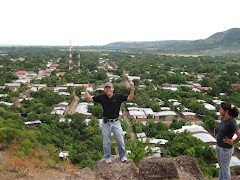






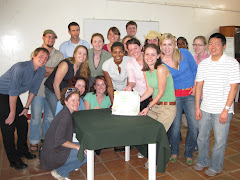
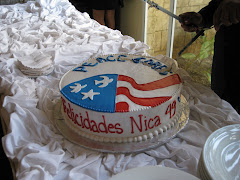
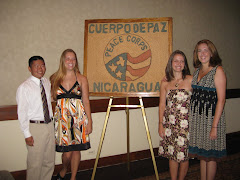
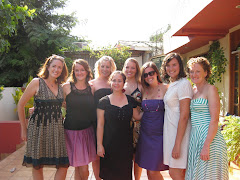
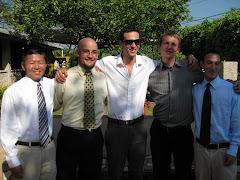
No comments:
Post a Comment